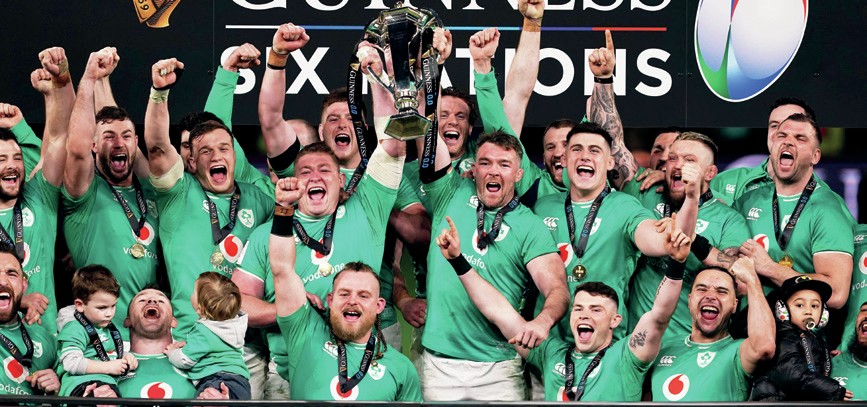
The Six Nations is considering playing all three matches in a round on Saturdays, something that has been reserved only for the final weekend for the last 20 years.
Currently two matches every round are played on a Saturday with one held on Friday night, although only Wales and France have done so since the move was introduced in 2009, and three on Sunday, a time that has not been popular with the paying public.
Not that the change has been made with the paying punters in mind. Their preferred kick-off time is Saturday lunchtime, which does not chime with the broadcasters who prefer Italy in that slot.
The move is being considered because of television ratings. The seven highest audiences in this year’s championship were generated by Saturday games and the three lowest came on a Sunday. Two of the three Sunday games involved Italy, which showed the direction of travel of the broadcasters, and the other saw falling Wales take on a France side that had just drawn at home to Italy.
The three Saturday games would have staggered kick-offs: early and late afternoon and evening, although only France are keen on very late starts. Some final weekends have seen the first match start at 12.30pm to accommodate a 6pm slot for the final game, so the French may find themselves regularly bring up the rear.
Those running the Six Nations have over the years banged on about the tradition of the tournament and how its heritage makes the Rugby Championship wither in comparison.
Yet as the scheduling has shown, tradition only counts when it is not challenged by a broadcaster or backer. Saturday kick-offs are popular for supporters who go to games because they allow for a proper weekend and an unhurried return home for the start of the working week.
Friday kick-offs shorten the weekend while Sunday starts can mean travel difficulties, and not just for away fans with trains operating on a reduced service making it difficult for those who live a distance from the grounds in the four home unions.
Wales attracted fewer supporters for the Sunday match against France this year than the Saturday clash with Italy six days later at the Principality Stadium. The difference was just under 900, but every little helps.
The change would not be implemented until the 2026 campaign with next year’s fixtures already allotted. The Six Nations will again start on a Friday, with France facing Wales in a match that starts at 9.15pm local time, and two of the Sunday fixtures will again involve Italy.
Italy against France has become a Sunday staple, which says everything about what the broadcasters think about the slot.
Tradition matters, as Northampton found out last week when revealing the new logo, below, which will adorn the club’s jersey, training kit and leisure items. The Saints spent 12 months over the redesign, consulting various groups including supporters.
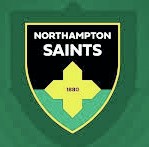
The club felt that the old logo was complicated enough that few could work out what it represented, did not showcase Northampton’s black, green and gold colours and that awareness of the Saints was low compared to other clubs.
And so a simple crest was unveiled which contains the words Northampton Saints above a shield and the year the club was founded, with black, green and gold prominent.
“Earlier this year we identified that while many of the most popular and successful sports teams and organisations around the world have embraced change to produce clear visual identities, at Saints our own visual identity – in particular, our crest – could be stronger,” said Northampton’s chief executive, Mark Darbon.
“So, we have evolved our crest to truly reflect the identity of Northampton Saints. Ensuring that we honoured the history and tradition of the club, whilst looking ahead to the future, has been at the heart of all of our work.
“Everyone at the club is extremely excited about this new crest. As with anything new, we understand it will take some time to reflect on and get used to, but I very much hope that our fans too will support it, given its importance for the future of Northampton Saints.”
The initial reaction of supporters was not quite as effusive. “I wasn’t bothered about us changing the crest but how did this design get final sign off – it’s truly awful and entirely uninspired,” wrote one on social media. “That is hideous, what a downer after the best season in ages,” posted another.
Change, it seems, is as good as a crest.
For exclusive stories and all the detailed rugby news you need, subscribe to The Rugby Paper website, digital edition, or newspaper from as little as 14p a day.


Champions Cup
Too many teams in Champions Cup, says Mark McCall

English Championship
Coventry plan to increase stadium capacity up to 8,000
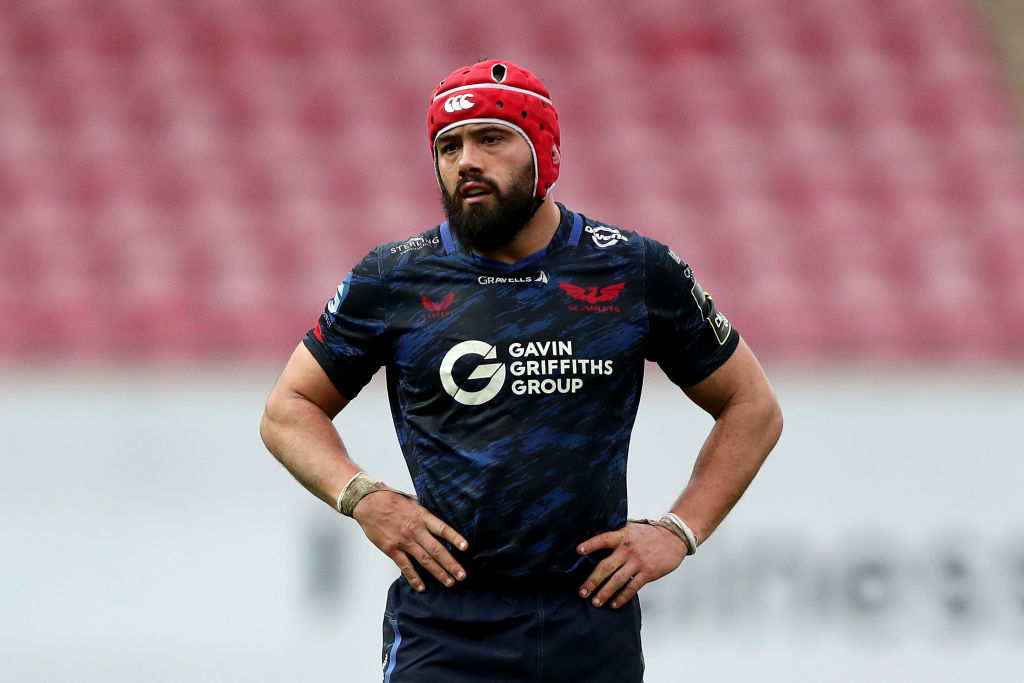
Latest News
URC: Welsh Regions stall on deal with WRU


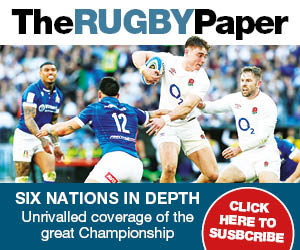

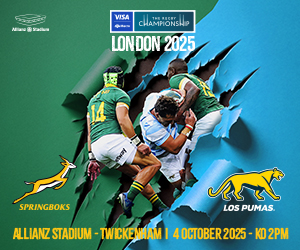


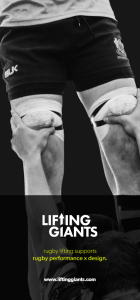












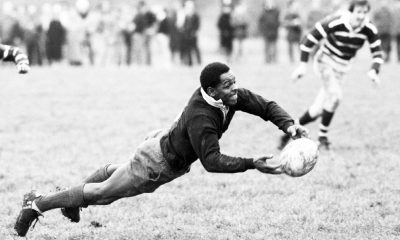



You must be logged in to post a comment Login